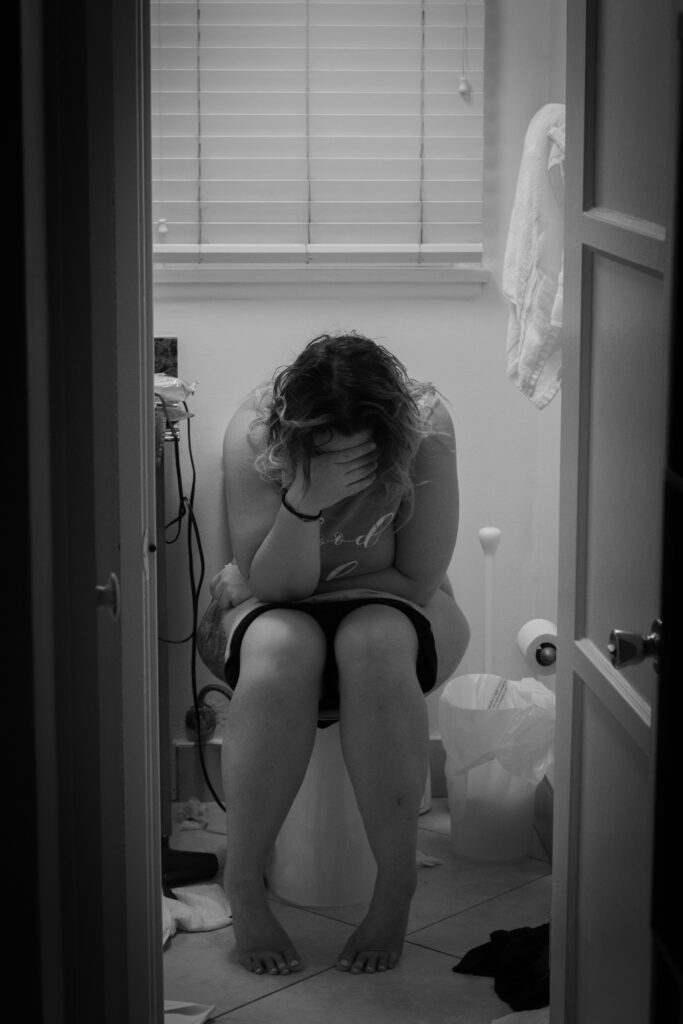
Missing your period can be a relief, a concern, or a mystery—depending on your circumstances. But when it stops altogether without explanation, it could be a sign of an underlying issue known as amenorrhea (more commonly spelled amenorrhea). This blog post will help you understand what amenorrhea is, why it happens, and what steps you can take to address it.
What Is Amenorrhea?
Aminorrhea is the absence of menstruation—one or more missed menstrual periods. While it’s normal during pregnancy, breastfeeding, or menopause, it may signal a medical condition if it happens at other times.
TYPES OF AMINORRHEA
There are two types of aminorrhea
- Primary Aminorrhea: When a girl hasn’t started menstruating by age 15, despite showing other signs of puberty.
- Secondary Aminorrhea: When a woman who previously had regular periods misses them for three months or more (or six months if her periods were irregular).
What Causes Aminorrhea?
The causes of aminorrhea vary depending on age, health status, and lifestyle. Some common causes include:
1. Natural Life Events
- Pregnancy
- Breastfeeding
- Menopause
These are the most common and normal reasons for missed periods.
2. Lifestyle Factors
- Excessive Exercise: Athletes or people with very intense training schedules may stop ovulating due to low body fat and stress on the body.
- Significant Weight Loss or Low Body Weight: Fat is essential for hormone production. If body weight drops too low, the body may shut down menstruation.
- Stress: Physical or emotional stress can interfere with the part of the brain that regulates the menstrual cycle.
3. Hormonal Imbalances
- Polycystic Ovary Syndrome (PCOS): A common hormonal disorder that can disrupt ovulation.
- Thyroid Disorders: Both underactive and overactive thyroids can affect periods.
- Hyperprolactinemia: Excess prolactin (a hormone related to milk production) can interfere with menstrual hormones.
4. Medications
Certain medications like antidepressants, antipsychotics, chemotherapy drugs, and contraceptives can affect your menstrual cycle.
5. Structural Issues
- Problems with reproductive organs, such as uterine scarring (Asherman’s syndrome) or congenital abnormalities, can cause primary or secondary aminorrhea.
How Is Aminorrhea Diagnosed?
If you’ve missed several periods and you’re not pregnant, it’s time to see a healthcare provider. Diagnosis may include:
- A physical exam and medical history
- Blood tests to check hormone levels
- Imaging (like ultrasound or MRI) to look at reproductive organs
- Pregnancy test (to rule out pregnancy)
- Pelvic exam
Treatment Options for Aminorrhea
Treatment depends on the cause:
- Lifestyle changes: Gaining weight, reducing exercise, or managing stress may be enough to restart your cycle.
- Medications: Hormonal therapy (like birth control pills or thyroid medications) may be prescribed.
- Surgery: If there’s a structural issue, minor surgery may be required.
- Managing underlying conditions: Treating PCOS or thyroid issues can often resolve aminorrhea.
See your doctor if:
- You haven’t had your first period by age 15.
- You’ve missed three or more periods in a row.
- You’re experiencing symptoms like hair loss, acne, or nipple discharge.